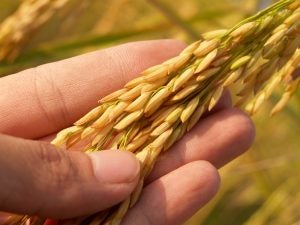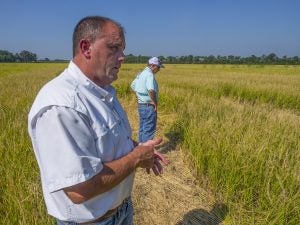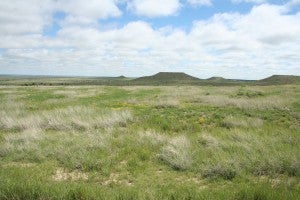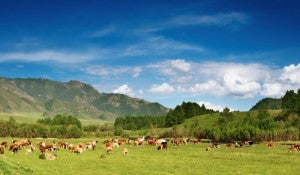
I’m spending time on this year’s National Ag Day thinking back gratefully to a recent meeting I had with farmers.
I was attending the annual farm exchange program offered through the California Agricultural Leadership Foundation, which facilitates learning opportunities on California farms. This year’s program brought together state environmental policy professionals and growers from the Central Coast, an epicenter for growing the nation’s specialty crops, such as lettuce, broccoli, and strawberries. My aim was “to see sustainability through the eyes of farmers.” We toured various agricultural operations, had thoughtful discussions, and stayed with host families in the local farm community.
My host was Erin Amaral, who manages 1,170 acres of vineyards near San Luis Obispo. Erin and I got along immediately – and our conversations kept coming back to one central tenet: farmers and environmentalists want the same things. Read More










 In early December, I flew out to Amsterdam to attend the Global Impact Investor Network (GIIN) Forum with 600 other delegates ranging from managers of pension funds and banks to individual investors from at least 30 countries.
In early December, I flew out to Amsterdam to attend the Global Impact Investor Network (GIIN) Forum with 600 other delegates ranging from managers of pension funds and banks to individual investors from at least 30 countries.

